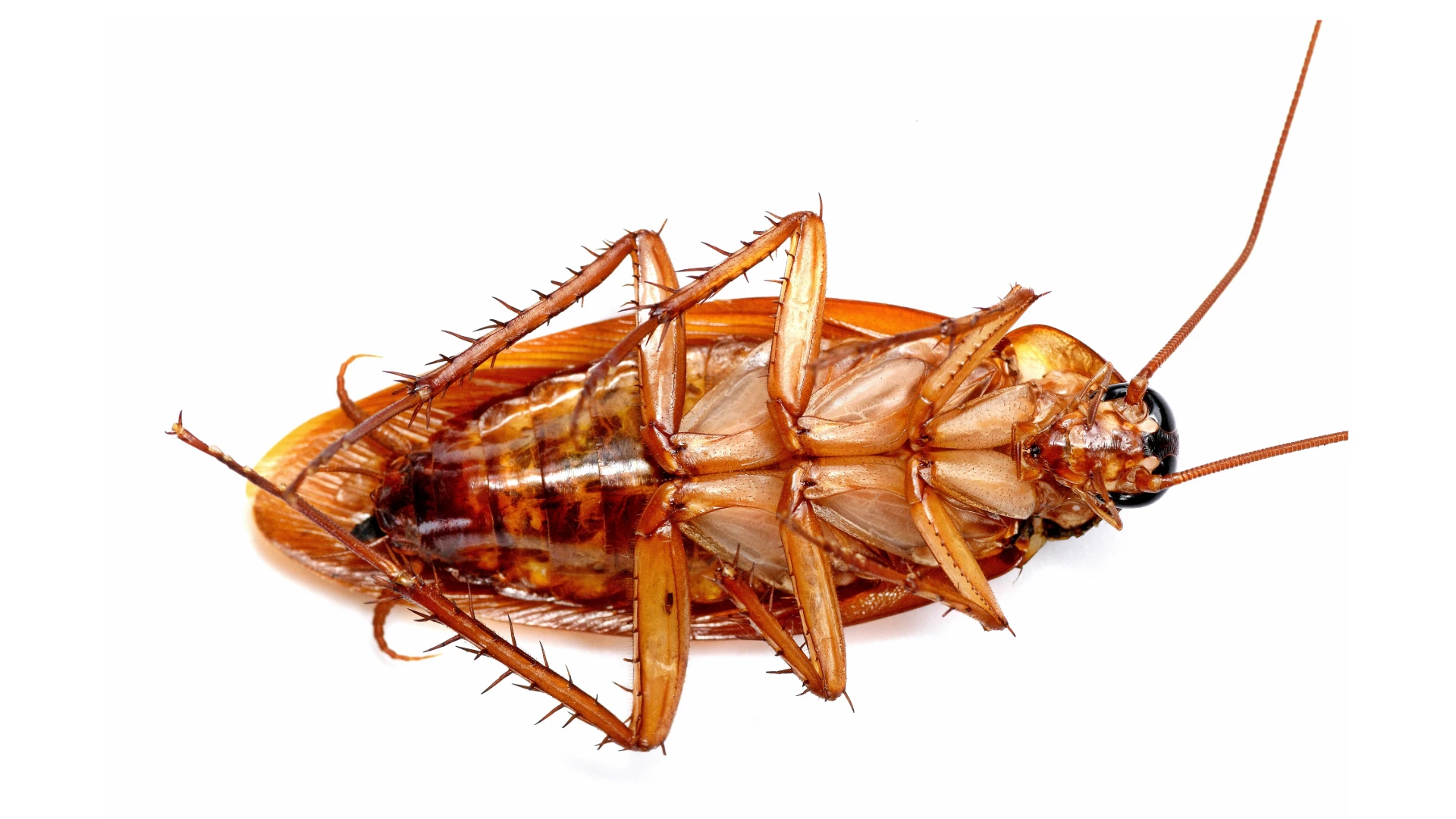This article appeared in the May 1999 issue of PCT Magazine.
Although not inexpensive, if done properly, brochures can play a critical role in growing your company’s bottom line.
You have a nagging feeling you should develop a company brochure, but you’ve never had one and your business continues to grow. So why bother going to the expense of producing a brochure when you’re not sure if it’s going to have much of an impact on your company’s bottom line? And even if it would help build your business, you don’t have the time to develop it yourself. Perhaps you could delegate it to your front office manager. After all, you just upgraded her computer and installed some publishing software that came with brochure templates. But is that the proper use of her time?
Clearly, developing a high-quality company brochure isn’t as easy as it looks. The purpose of this article is to answer the aforementioned questions, as well as provide the additional information necessary to help you decide if a brochure would benefit your business.
POTENTIAL BENEFITS. Some pest control companies have never used a brochure and are satisfied with their growth. Others, like Stayton Pest Services, believe a brochure is an important component of presenting a professional image. "Because we are a small company," says Frank Thompson, owner of Stayton Pest Services, Nokomis, Fla., "we feel it’s important to project a professional image. We began our image development with a new brochure that coordinates with our Yellow Page ads and other company communications."
Stayton’s brochure is a four-panel, two-color self-mailer featuring photographs that represent the company’s service philosophy and methods, as well as some benefit-focused copy. "After using the brochure for over a year," Thompson says, "it still makes a good first impression of our company."
The introduction of several new services prompted Rottler Pest Control, St. Louis, Mo., to consider the production of an integrated series of brochures explaining in detail each of the services they offer. In addition to the brochures, Rottler developed a corporate folder detailing the company’s history, as well as the general benefits of each of their services. The "pocket style" folder also holds proposals, other company information and brochures. "We believe our series of brochures helps reinforce what our technicians and sales people say to the customer," explains Mike Rottler, president of the company.
Buffalo Exterminating, Orchard Park, N.Y., is in the process of publishing a brochure to explain their commercial services. Owner John Zimmerman says, "Because many of our clients are larger companies, we feel that a benefit-oriented brochure will reinforce the sales message after a personal sales call."
The act of identifying the benefits the customer receives from your service is, in and of itself, a valuable activity because a clearer vision of your business emerges as a result of this important communication with the customer.
FACTORS TO CONSIDER. Before putting pen to paper, however, pest management professionals should answer the following questions:
• Who will be my target audience? If you offer both commercial and residential services, the same brochure will most likely not address the needs of each of these diverse groups. Consider developing a brochure targeted specifically toward each business segment.
• What format will work best? A self-mailer (mailed without an envelope) works well as long as it grabs the attention of the reader.
• How will I be using the brochure? Some possibilities include direct mail, trade shows, invoice stuffers, part of an overall sales campaign, as a sales tool, leave-behinds and inquiry fulfillment.
After answering these questions, the next step to designing a brochure is to carefully consider the common pitfalls of brochure design and production. Here are some of the most common dos and don’ts:
• Do make a general outline of the contents before you begin. Decide on the main topics you want to cover.
• Do interview customers about the benefits they feel are important.
• Do interview employees about their perceptions of the benefits offered by your company.
• Do keep a file of good photos of your services in action.
• Do include an offer – either for more information, a free inspection, a free booklet or report – or anything you can offer to entice the reader to call.
• Do enlist the aid of an individual experienced in marketing and pest control, if possible.
• Don’t delegate the brochure development to someone in your company whose primary duties center on other business activities.
• Don’t write your own copy. Rather, write down your thoughts roughly. Then turn these notes over to a professional copywriter. A third party will often bring a sense of objectivity to your brochure. Be sure the copy is written from the customer’s point of view, not the company’s perspective.
• Don’t insist that the brochure include everything about your company. When a potential (and busy) customer sees your brochure, they are more likely to read short, snappy copy rather than lengthy, detailed explanations.
• Do highlight the benefits of your service from your customer’s point of view. Use testimonials from satisfied customers.
ANTICIPATED COSTS. Prices for the professional development, design and printing of your brochure can vary dramatically depending on the project. Variables impacting the cost of the brochure include (1) whether or not a marketing professional will be writing the text for the brochure; (2) the availability of high-quality photographs to illustrate the brochure; (3) the cost of professional design, production and copywriting; (4) the type of paper chosen for the brochure; and (5) the number of brochures printed. Obviously, the more brochures printed, the lower the cost.
All of these factors impact the final cost of your brochure. However, cost isn’t the most important consideration. Your message and your image are worth far more than the small cost of each brochure. After all, your prospects will judge you, in large part, by the quality of your brochure.
WHAT TO EXPECT. If you expect a brochure to stand on its own to sell your service, you’ll be sadly disappointed. It simply won’t happen. A brochure complements your company’s existing sales program.
What you can expect from a brochure is a consistent, professional message that will support the verbal efforts of your sales staff. With an enticing offer, you can expect to increase your mailing list of hot prospects, thereby growing your pest control business over time. And growing your business is the real value of any company brochure.
June Van Klaveren is president of Compelling Communications, a company specializing in a wide range of communications services, including brochure design. If you would like to contact Van Klaveren, her phone number is 800/779-0067.

Explore the May 1999 Issue
Check out more from this issue and find your next story to read.
Latest from Pest Control Technology
- Lloyd Pest Control Treats 'Kitchen Nightmare' Cockroach Infestation
- Beach Pest Service Opens New Office in Hampstead, N.C.
- NYC PCO Growing Business with Focus on Corporate Clients
- Massey Services Promotes Silver, Crespo to Director Roles
- Recurring Services Model, Wildlife Offerings Lead to Impressive Growth for Tailor Made
- Shelters: Difficult to Manage
- NPMA Announces Recipients of 2025 Impact Awards
- Fleetio Expands Geotab Integration with Shop Network Add-In





